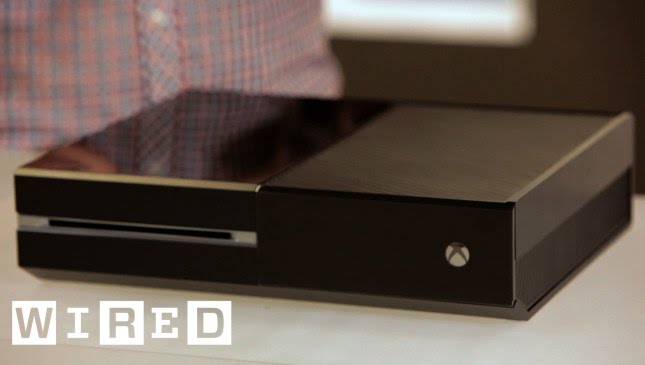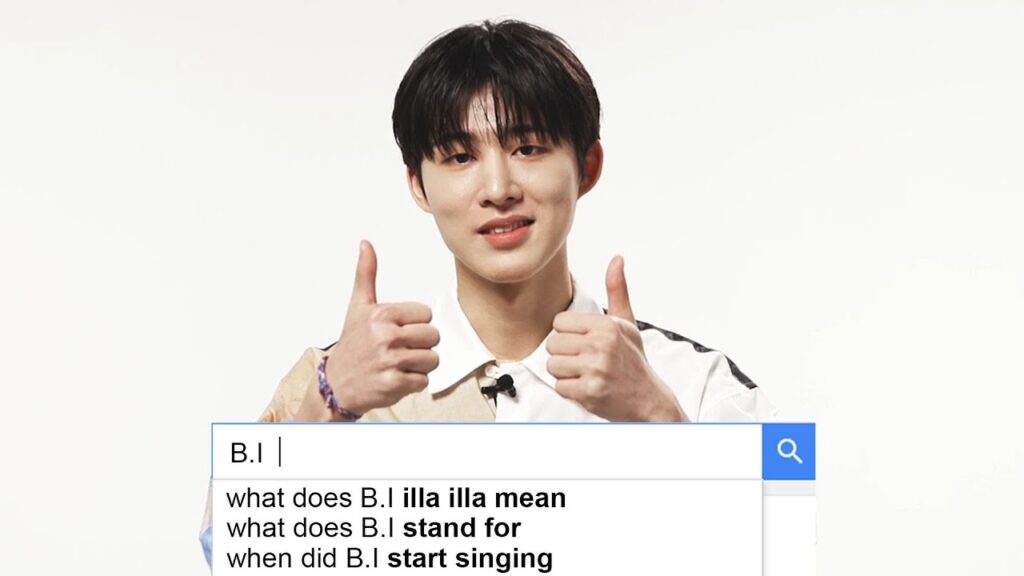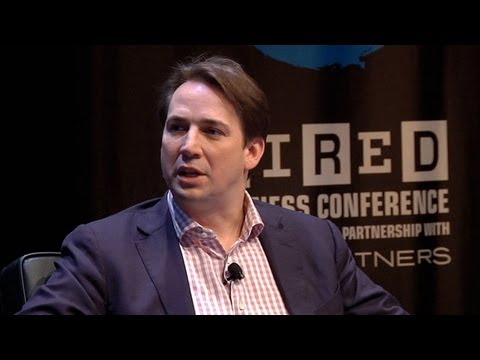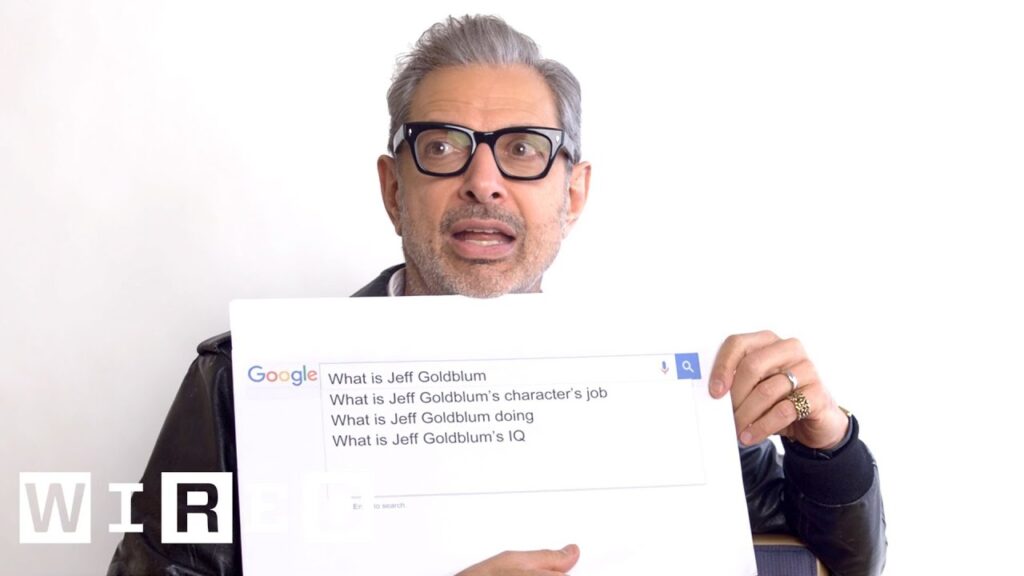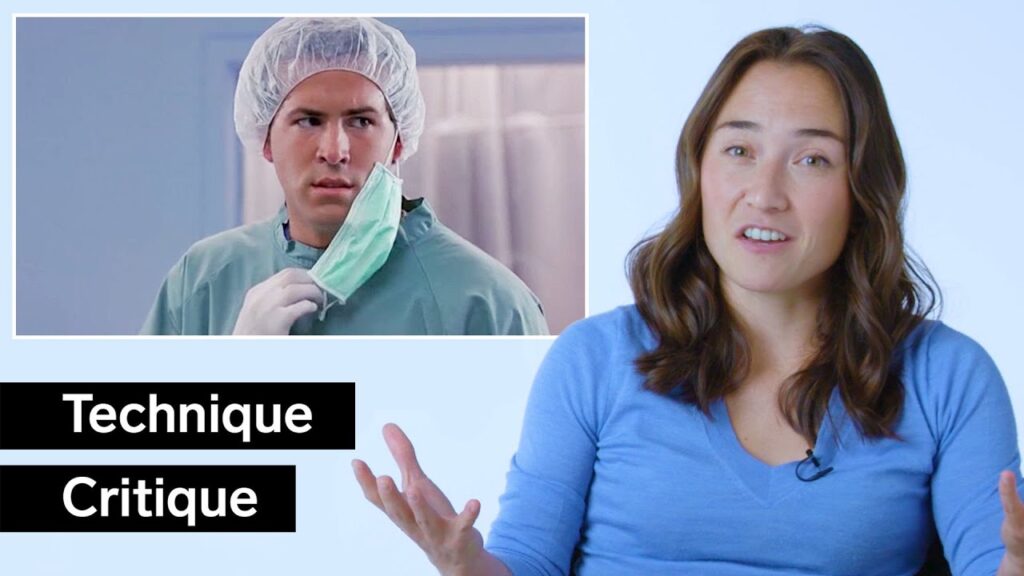The Art of Fingerboarding: Q&A with Mike Schneide of Flatface Fingerboard
Summary
In this Q&A, we dive into the world of fingerboarding with Mike Schneide, a professional fingerboarder and owner of Flatface Fingerboard. Schneide shares his passion for fingerboarding, his process of building fingerboards from scratch, and the unique community that comes along with the hobby.
Table of Contents
- Introduction
- How did you get started with fingerboarding?
- Can you explain the process of building a fingerboard?
- What kind of tricks can you do with a fingerboard?
- What is your favorite part of the fingerboarding community?
- What do you hope to see in the future of fingerboarding?
- Conclusion
Introduction
Fingerboarding is a hobby that has been around for decades, but it’s still relatively unknown to most people. With the rise of social media, however, more and more people are getting interested in this miniature version of skateboarding. Mike Schneide has been obsessed with fingerboarding since fourth grade, and he’s turned his passion into a career as the owner of Flatface Fingerboard. In this Q&A, Schneide shares his knowledge and experiences, from the basics of fingerboarding to the intricacies of building fingerboards from scratch.
How did you get started with fingerboarding?
Q: Can you tell us how you first got interested in fingerboarding?
A: I first got interested in fingerboarding when I was in fourth grade. I saw some kids at school doing it and I was immediately hooked. I started building my own fingerboards and scaled-down skate parks when I was ten, and I’ve been doing it ever since. It’s a hobby that has stayed with me throughout my life, and it’s now my profession as the owner of Flatface Fingerboard.
Q: What made you keep going with fingerboarding?
A: I love the creativity and self-expression that comes with fingerboarding. There are no rules, so you’re free to come up with your own style and tricks. I also love the feeling of accomplishment that comes with landing a difficult trick for the first time. Each new trick is a challenge, so it keeps me motivated to keep pushing myself.
Can you explain the process of building a fingerboard?
Q: Can you walk us through the process of building a fingerboard?
A: Sure! First, I glue layers of thin maple pieces together and then shape them into skateboard-like shapes. After sanding and lacquering, the boards become ready for trucks to be screwed on. The beauty of this process is that you can customize each component to your liking. You can choose the shape, size, and material of the board, as well as the color and brand of trucks and wheels. It’s a fun way to create a board that’s unique to you.
Q: What do you enjoy most about building fingerboards?
A: I love each step of the process. It’s satisfying to use a board that I made myself, and I think it adds to the overall experience of fingerboarding. Plus, building my own fingerboards allows me to experiment with different shapes and sizes, which helps me refine my skills and come up with new tricks.
What kind of tricks can you do with a fingerboard?
Q: What are some of the basic tricks in fingerboarding?
A: The Ollie is probably the most basic trick in fingerboarding, which is similar to the skateboard trick. From there, you can learn a variety of flips, slides, and grinds. The key is consistency and muscle memory. Fingerboarding is all about repetition and practicing until you can land each trick smoothly and confidently. One of my personal favorite tricks is the kickflip, which involves flipping the board in mid-air and catching it with your fingers.
Q: What is your process for learning a new trick?
A: When I’m learning a new trick, I break it down into smaller parts and focus on each individual component. For example, if I’m learning a new flip trick, I’ll focus on getting the board to flip first, and then worry about catching it. It’s important to take your time and not get frustrated if you don’t get it right away. Fingerboarding is all about trial and error, so you’ll get it eventually.
What is your favorite part of the fingerboarding community?
Q: Can you talk about the fingerboarding community, and what you like about it?
A: The fingerboarding community is one of the most supportive and inclusive communities that I’ve ever been a part of. It doesn’t matter where you come from or what your background is, everyone is welcomed with open arms. I also love how fingerboarding allows you to see the world in a different way. You start to look at everyday objects as potential spots for tricks and stunts, which is a really cool way to interact with your environment.
Q: How has social media impacted the fingerboarding community?
A: Social media has been a huge driver in growing and promoting the fingerboarding community. Platforms like Instagram and YouTube have allowed people from all over the world to connect and share their passion for fingerboarding. It’s also made it easier for people to learn new tricks and get inspiration from other fingerboarders. I think social media has had a really positive impact on the community as a whole.
What do you hope to see in the future of fingerboarding?
Q: Where do you see the future of fingerboarding going?
A: I think the future of fingerboarding is bright. More and more people are getting interested in the hobby, and new fingerboard companies are popping up all the time. I hope to see more innovation and creativity in the designs of fingerboards and fingerboard parks. I also think it would be cool to see fingerboarding become more mainstream, with competitions and events that showcase the talent and skill of fingerboarders from all over the world.
Conclusion
In conclusion, fingerboarding is a fun and creative hobby that anyone can get into. As Mike Schneide has shown us, building your own fingerboards and learning new tricks is a challenging yet rewarding experience. The fingerboarding community is welcoming and supportive, and with the help of social media, it’s easier than ever to connect with other fingerboarders and share your passion. We hope this Q&A has inspired you to try out fingerboarding for yourself!

